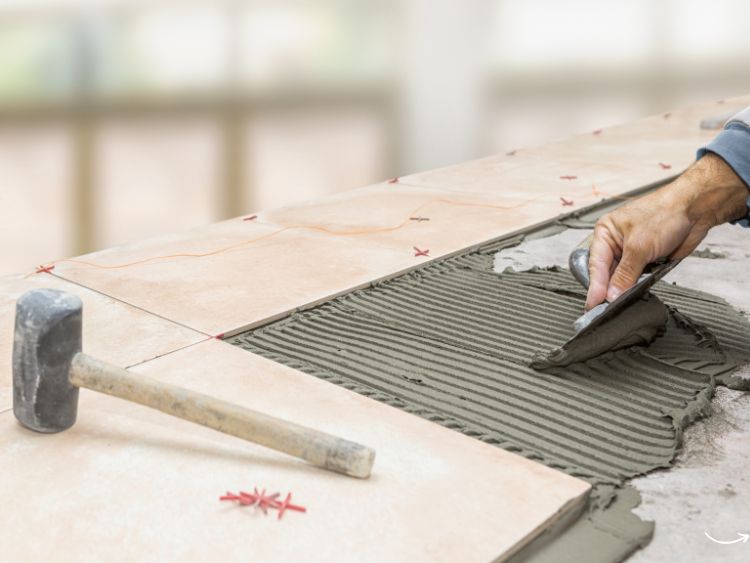The boundary conditions of a framed plumbing graph detail a specific diffeomorphism across the S X S euler number differential. The boundary framing on M, where M is the graph manifold variant, is modified by framed graph manifold classifications along the euler number weight vertex.
To make sense of the plumbing graph modifications, the vertices of the plumbing must be defined from degrees 0 to 1. If these are left unweighted, then they are defined only by their boundary vertices. In the case of a singularity resolution, the weighted vertices approach zero and the plumbing graph gains the appearance of a genus weight module.
Taking the genus weights to equal zero and the r-weight to equal 1, the framed plumbing manifold graph represents a torus with a well-defined boundary framing.
The euler number homomorphism state of the perpendicular to the plumbing boundary vertex forms a chain with arbitrary weights and is an example of the F-normal form with the calculus defined as F-calculus.
The theorem that follows this line of reasoning dictates that any decorated plumbing graph can be reduced to its normal form if there is in existence a framed plumbing manifold of the form M (corrected by isomorphism).
If meridians are present within the unspecified and arbitrary euler weight, the isotopy class is plumbed in its solid tori by the manifold N cubed.
The M-normal form of the plumbing state is a parallel of the F-normal form but has vertices that lose their role in the exception chain.
Waldhausens graphs are a special analog of the theorem that state if the plumbing express coefficient is at a specific manifold to the form weight, the boundary reattach at specific variables according to their euler homomorphism. This is modified in the case of plumbing graphs to H(G/68) -> Z/2.
Seifeit manifolds over orientable surfaces must be as small enough that when operations R1-R8 and their inverses are approached through the maximal chain, the cyclic component is emitted from the edge vertices. A handle absorption can cyclically permute all indices in the case of e1 =e2… ek =2.
In the case of a connected normal form plumbing graph then M(T) is prime and is written as a non-trivial connected sum.


